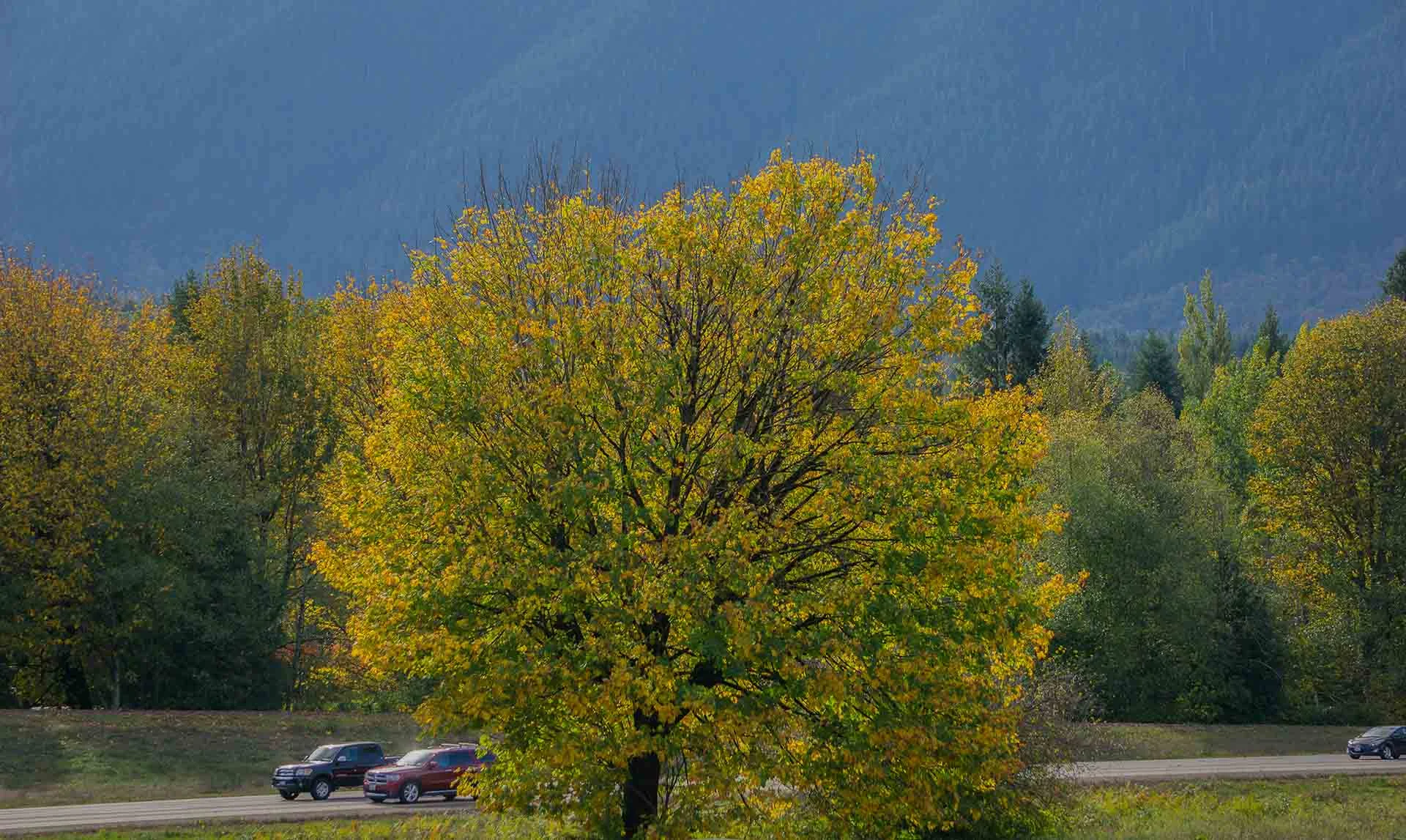Perfect for your walks, hikes, vacations, adventures!
Use it anywhere. No internet or cellular connection required.
HOW DO I use the app?
Start by learning about the Pacific NW's #1 tree: the Douglas-fir.
Or, start learning from the Top 10 list.
Or, choose a region (west side, east side) or elevation (coastal, low, mid, or high).
Home screen of app:
Within each category, select a tree ... or browse through the trees.
Within a category:
Each tree is organized by distinguishing features that are easy to spot. These distinguishing features mirror the way people actually recognize trees.
The distinguishing features are called "IDs." IDs are arranged in numbered order, starting with ID 1, then ID 2, and so on, based on the easiest ways to identify the tree.
The distinguishing features are different for each tree. You can see examples of the first few IDs for Douglas-fir below.
Use of IDs
The app attempts to arrange the IDs in order of distinctiveness or usefulness to you.
But the exact order in which you use the IDs may depend on your perspective.
In many Pacific NW forests, leaves and cones appear only in the upper portions of the tree where you have no opportunity to examine them.
Similarly, identifying a tree at a distance is different from identifying a tree while standing right next to it.
And summer IDs may be different from winter IDs, when leaves on deciduous trees are absent.
Don't be surprised if ID 2 is more useful to you than ID 1.
EXAMPLE from the app
Douglas-fir
Pseudotsuga menziesii
Douglas-fir is the Pacific NW"s most common and widespread tree. It is the state tree of Oregon.
ID 1: "mousetails"
Cones have a distinctive 3-pointed bract protruding from above each scale. The bract looks like the tail and hind legs of a mouse. People call them “mousetails.”
Cones are abundant on the ground. People tend to look at the trail as they hike, so mousetails are often the first sign of Douglas-fir.
See Why can't I find a cone? [For explanation, press link in app.]
ID 2: deeply plowed bark
Bark is thick and deeply plowed on mature trees. On an old tree, the bark can be up to 12”/30cm thick, with furrows 8”/20cm deep. The bark is gray and orange.
See Why does bark have furrows? [For explanation, press link in app.]
ID 3: smiles
At a distance, upswept upper branches often form smiles.
In contrast, on western hemlock, the tips of the branches are downswept. As a result, it is easy to distinguish Douglas-fir from western hemlock at a distance. Compare. [To compare, press link in app.]
Note: Not all Douglas-firs form smiles.
ID 4: sharply pointed buds
Douglas-fir buds are sharply pointed. Touch the tip of the bud. (Buds become soft when they are about to open.)
In contrast, buds on true firs and the tiny buds on hemlocks are round.
ID 5: leader is vertical
The uppermost leader of Douglas-fir points straight up. The leaders distinguish Douglas-fir, western hemlock, and western redcedar, which are the three most common conifers in the west-side lowland forest.
(1) On Douglas-fir, the leader points straight up.
(2) On western hemlock, the leader droops.
(3) On western redcedar, the leader is comprised of flat sprays. Compare. [To compare, press link in app.]
Various conifers other than Douglas-fir have leaders that also point straight up, including spruces and true firs. But spruces and true firs are not nearly as common in the west-side lowland conifer forest.
Etc. The app contains more IDs and more discussion about Douglas-fir.








